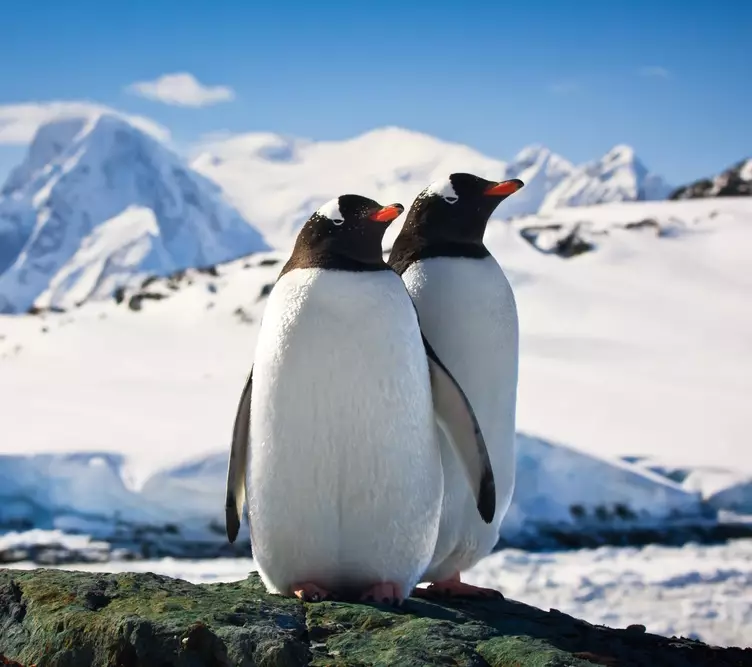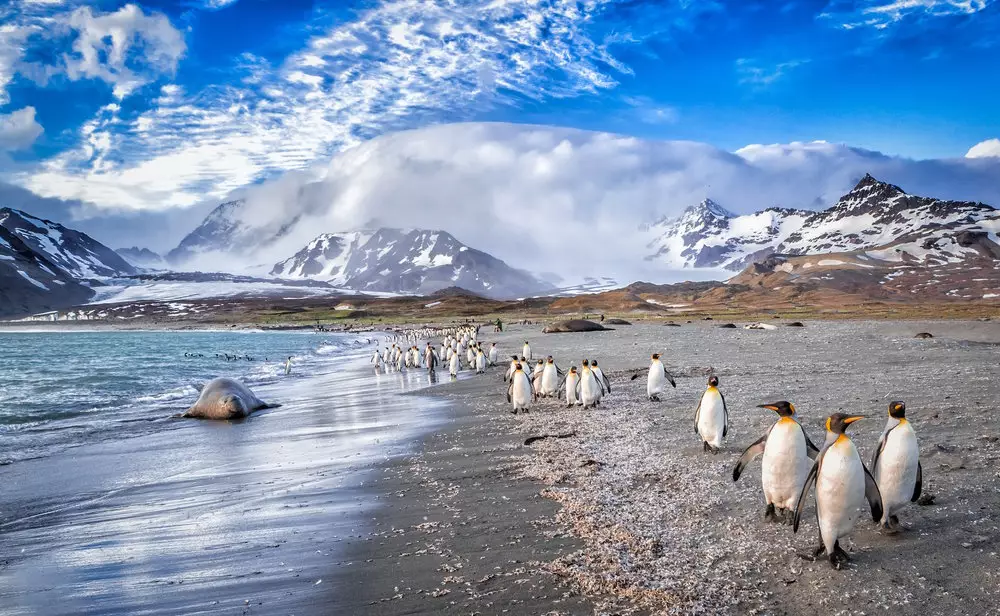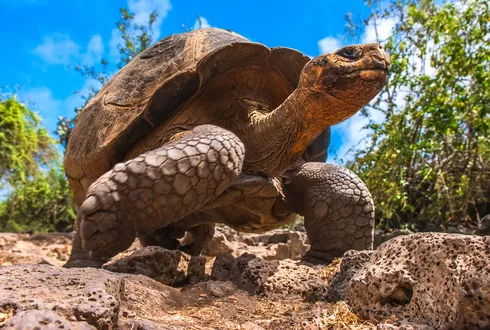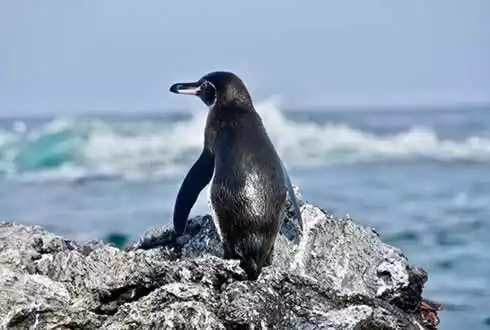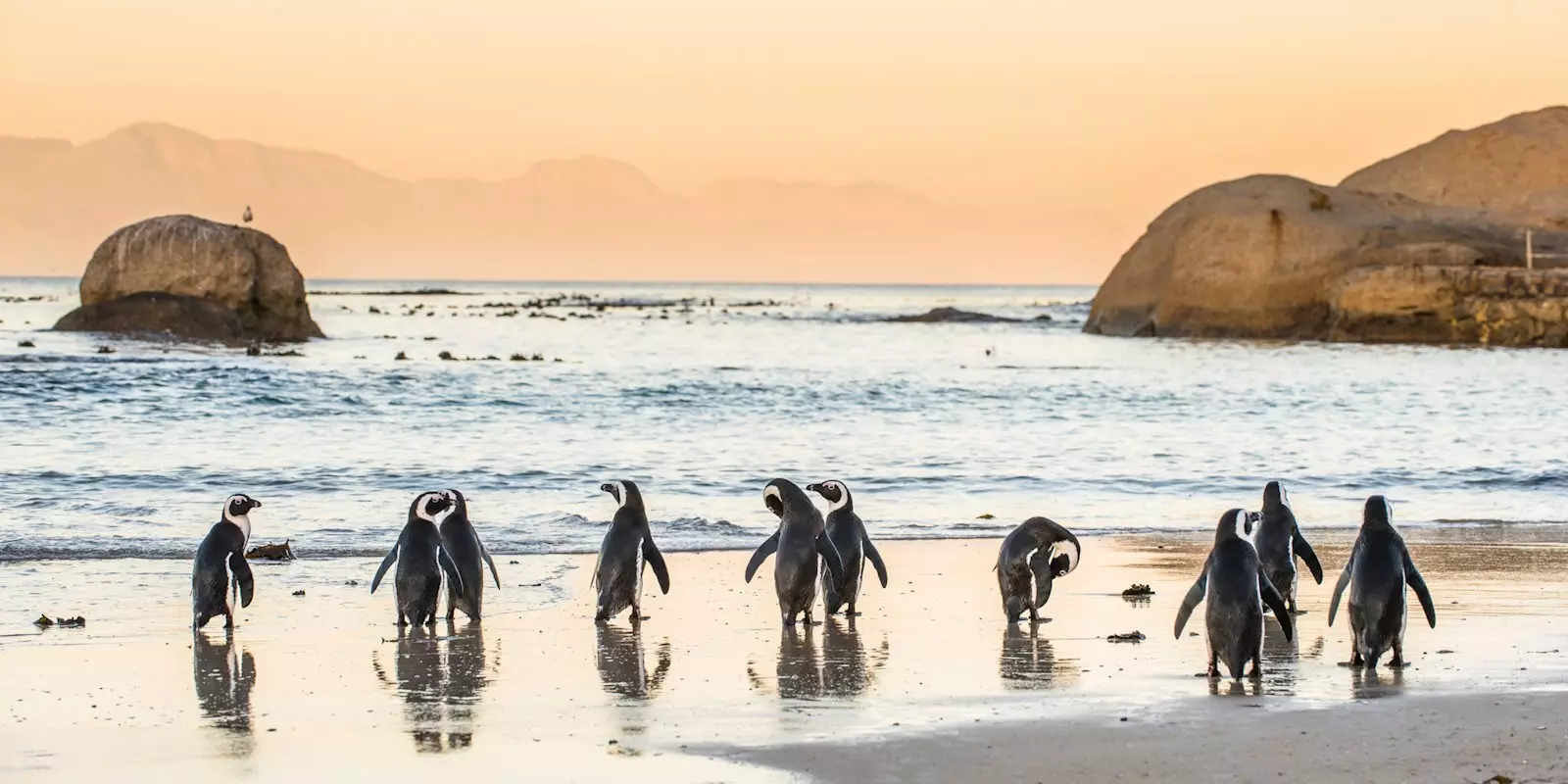
Penguin Encounter Holidays with Wendy Wu Tour
Inclusive of Tour, Cruise & Flights
Inclusive of Tour & Flights
Inclusive of Tour, Cruise & Flights
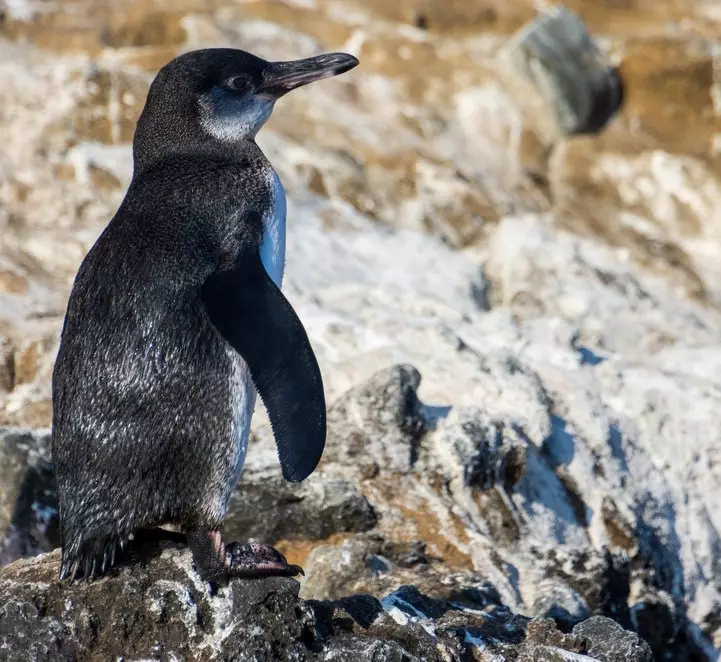
Penguins are found across the Southern Hemisphere in a range of ecosystems, from as far south as Antarctica itself to as far north as the Galapagos Islands, where the rare Galapagos penguin lives.
The most accessible colonies of penguins are in South Africa, around Cape Town, and in Australia on Phillip Island. They are also spottable around New Zealand, Patagonia on the southern tip of the South American continent, and the remote islands of the sub-Antarctic, like South Georgia and the Falkland Islands.
Wherever it is that you get to see them, spotting penguins in their natural habitat is a magical experience, whether they are waddling around on beaches, sliding on ice or streaking through the water on the hunt for fish.
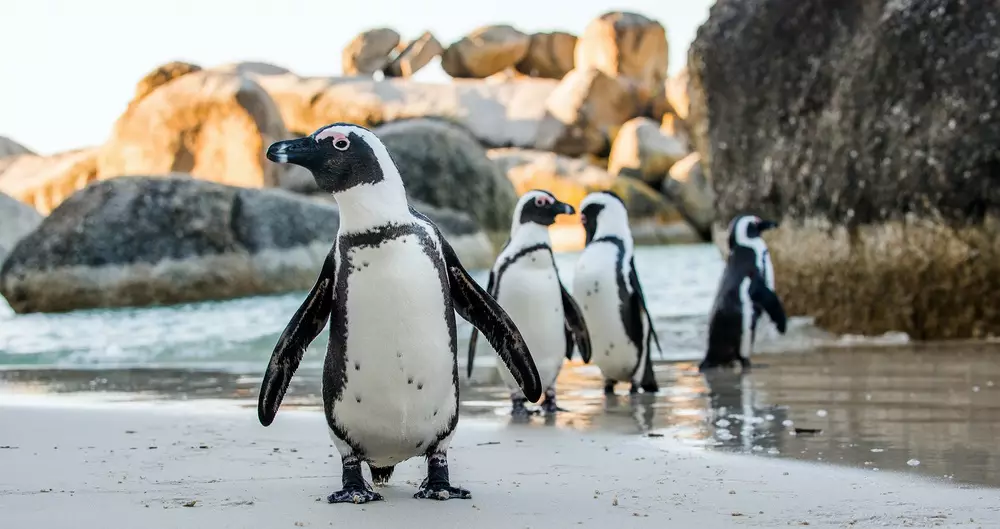
Wendy Wu Tours offers tours that include destinations where penguins live, such as South Africa, the Galapagos and Antarctica.
You can see these tours above:
